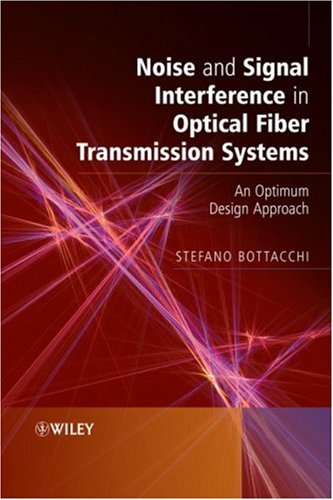

Most ebook files are in PDF format, so you can easily read them using various software such as Foxit Reader or directly on the Google Chrome browser.
Some ebook files are released by publishers in other formats such as .awz, .mobi, .epub, .fb2, etc. You may need to install specific software to read these formats on mobile/PC, such as Calibre.
Please read the tutorial at this link: https://ebookbell.com/faq
We offer FREE conversion to the popular formats you request; however, this may take some time. Therefore, right after payment, please email us, and we will try to provide the service as quickly as possible.
For some exceptional file formats or broken links (if any), please refrain from opening any disputes. Instead, email us first, and we will try to assist within a maximum of 6 hours.
EbookBell Team

0.0
0 reviewsNoise and Signal Interference in Optical Fiber Transmission Systems is a compendium on specific topics within optical fiber transmission and the optimization process of the system design. It offers comprehensive treatment of noise and intersymbol interference (ISI) components affecting optical fiber communications systems, containing coverage on noise from the light source, the fiber and the receiver. The ISI is modeled with a statistical approach, leading to new useful computational methods. The author discusses the subject with the help of numerous applications and simulations of noise and signal interference theory.
Key features:
This book will serve as a comprehensive reference for researchers, R & D engineers, developers and designers working on optical transmission systems and optical communications. Advanced students in optical communications and related fields will also find this book useful.
Content:
Chapter 1 Introductory Concepts and Noise Fundamentals (pages 1–30)
Chapter 2 Noise Principles in Optical Fiber Communication (pages 31–116)
Chapter 3 Theory of Stochastic Processes (pages 117–219)
Chapter 4 Linear Systems and Noise (pages 221–313)
Chapter 5 Statistical Theory of Intersymbol Interference (pages 315–378)
Chapter 6 Modeling and Simulation of Intersymbol Interference (pages 379–542)
Chapter 7 Frequency Representation of Intersymbol Interference (pages 543–670)
Chapter 8 DBRV Method for Calculation of the ISI Statistic (pages 671–823)